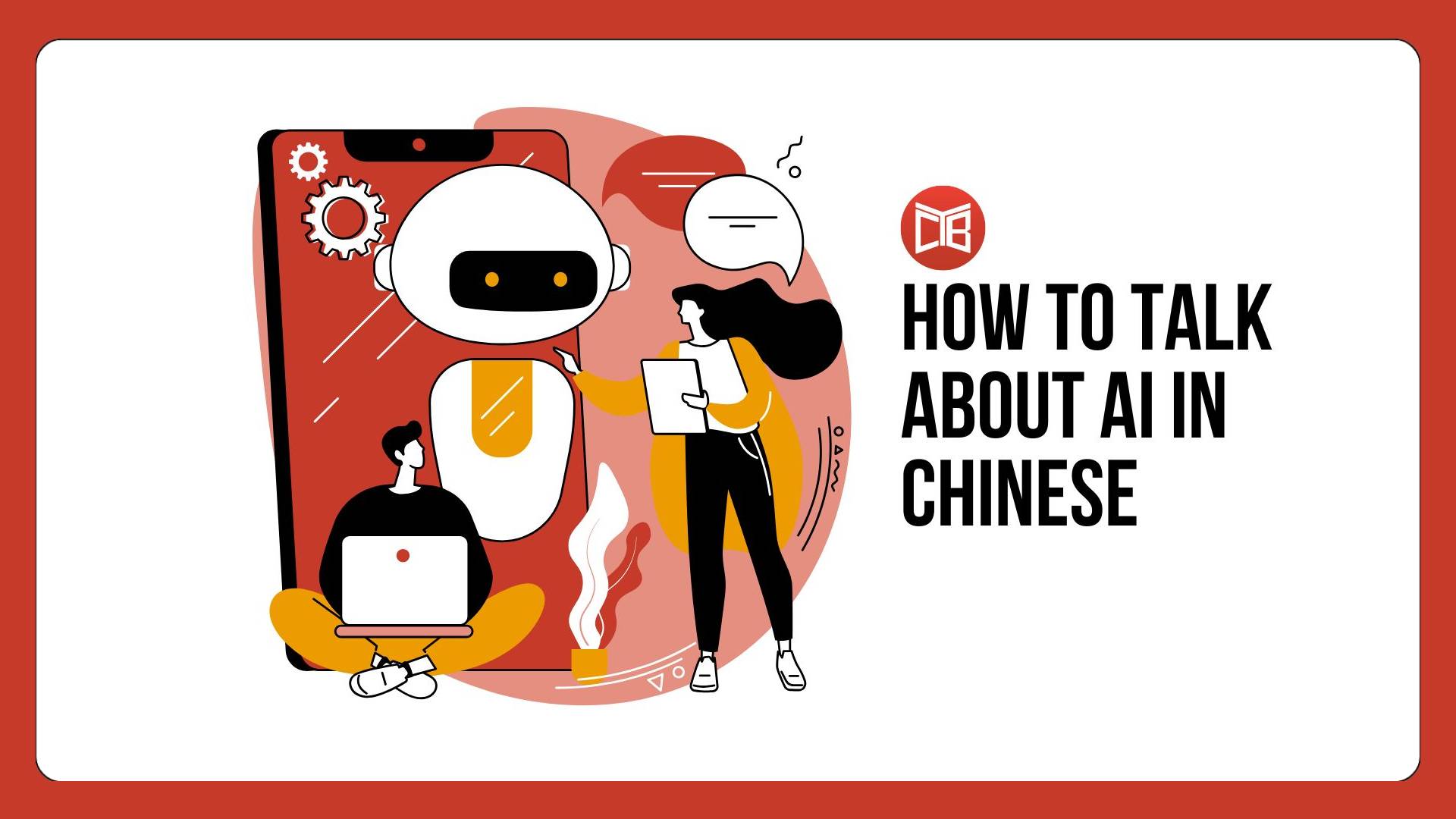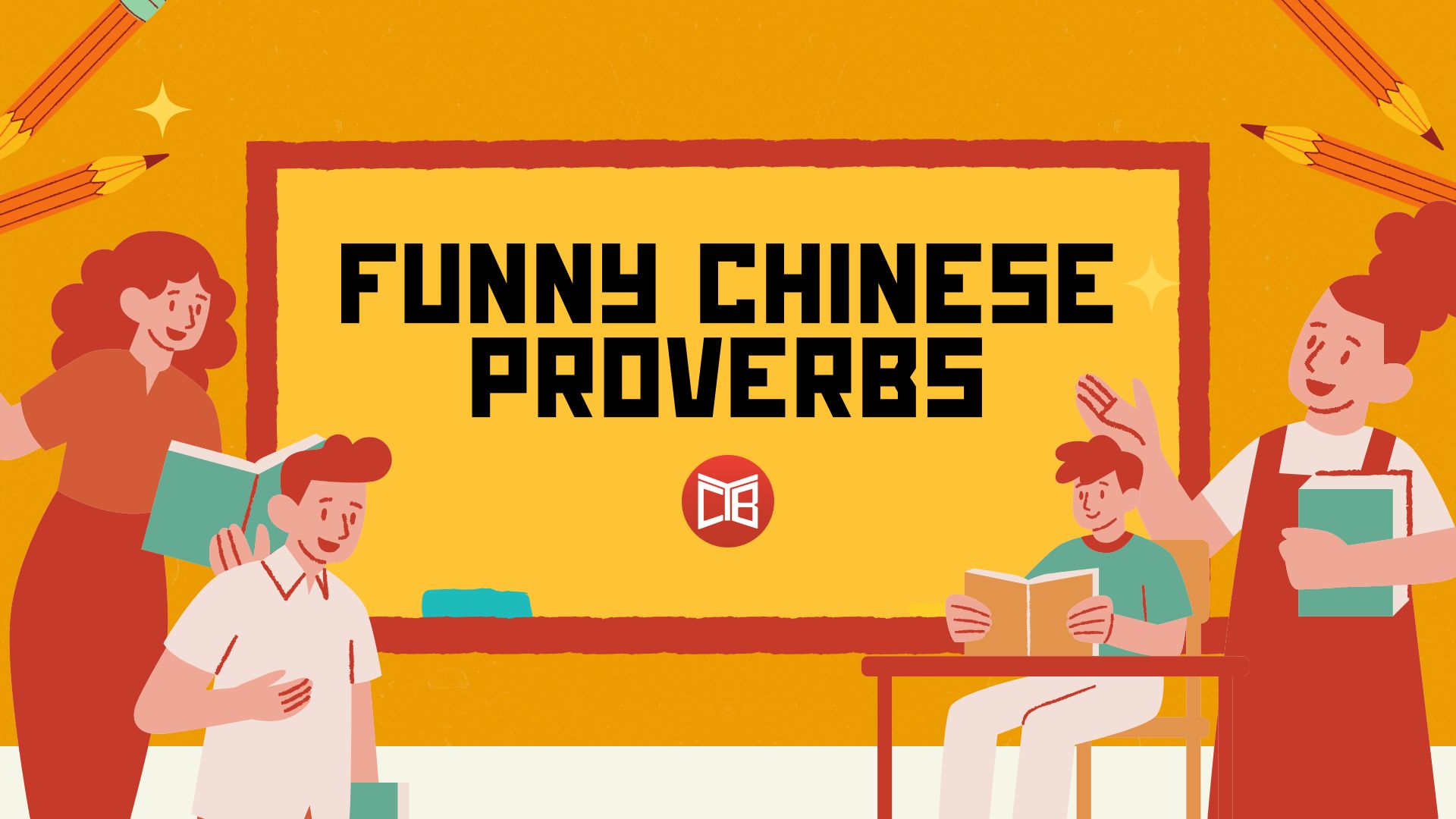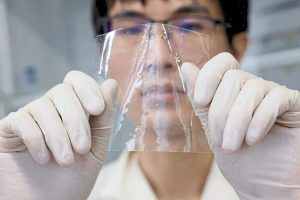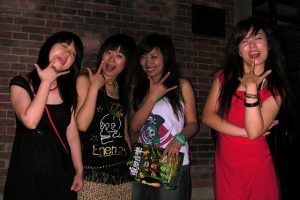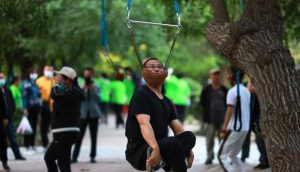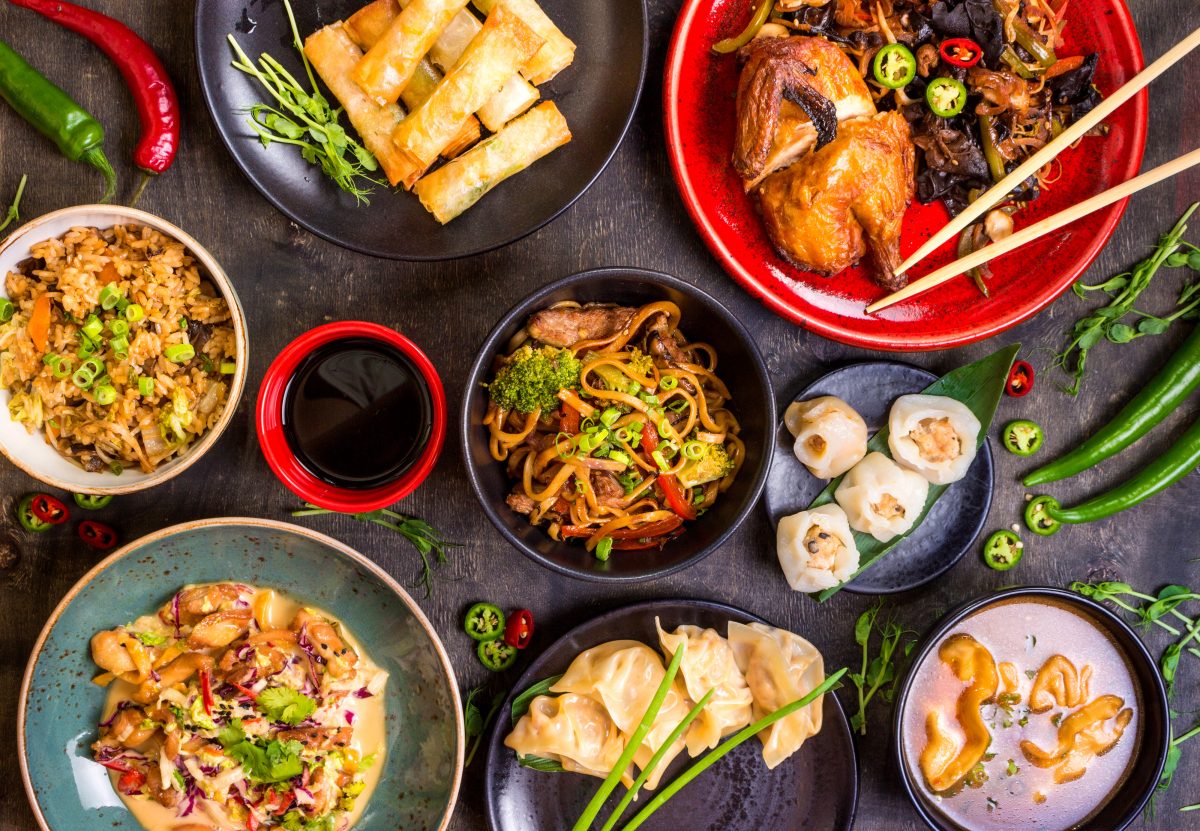
When thinking about Chinese food, your brain might send signals that make you immediately start to salivate with envy. Anyone who has tasted 小笼包 (xiǎolóngbāo), which originated in Shanghai, knows what this is about. How does the soup get inside the xiǎolóngbāo? This is just one of the many mysteries in Chinese delicacies.
What about ancient Chinese food? Did people in ancient China always eat that well? Many records about ancient Chinese food, like Miscellaneous notes of Wanli from Shen Defu 沈德府 in the Ming Dynasty (1368-1644) or 食经 Shijing Book of Foods during the Sui dynasty (581-618 AC), unfold precious details about what emperors consumed in their daily life. Records show that more than 2,000 people worked in the Emperor’s court only taking care of the Emperor’s daily menu, each person having a specific task about food: One person taking care exclusively of what kind of sauce the Emperor was eating, one supervising how meat was cut, how vegetable were cooked, and the list goes on.
In this first article, we will provide an overview of the main tendencies and evolution of Ancient Chinese food and see how it developed through the centuries to become one of the best cuisines in the world!
Ancient Chinese Food: The beginnings
First, it would be fair to clarify that in this article, when we talked about Ancient China, we are talking mostly about the period starting with the Zhou dynasty (1046-256 AC), the longest dynasty in Chinese history.
According to Chinese mythology, it is Suiren 随人 , the legendary inventor of fire, who introduced how to use wood to ignite fire more than 50,000 years ago. From that moment, Chinese people started to cook their food. They passed from raw to cooked food. It was definitely a big step in Chinese cuisine.
Until the Shang dynasty (right before the Zhou dynasty), grain was the main source of food in China. Since they still did not have the right tools to process the grains, they had to use pestle and mortar. One can imagine that this was not the easiest way to meet with their daily needs. Therefore, the population had to eat grain (mainly millet and wheat) with the shell. Only rich people had the privilege to eat their grains with no shell at all! Once the stone mill was invented during the Spring and Automn Period (770-476 BC), everybody was able to enjoy soft grains.
Rice: 饭
What about rice? With 152 million metric tons of rice eaten each year in China, haven’t people in China eaten rice since the beginning of time? Rice is to Chinese people just like tea is, right? Well, it was not always that simple. It is true that rice farming in ancient China started more than 8,000 years ago. However, ancient Chinese people didn’t actually eating rice every day. Surprising, isn’t it? This is due to climate differences in such a big country. In the North, the climate is cold and dry so wheat and millet were the main grains available. Also, the process for the production of rice was way too long and costly for a peasant whose time had to be spent on making the family survive starvation and wars. For a peasant in ancient China, a bowl of rice was a luxury that few could afford.
However, with time rice consumption expanded throughout China, it became one of the most important foods in the country. The Chinese language alone express very well the importance of rice in the Chinese culture: 你吃饭了吗 ? nǐ chīfàn le ma? Literally meaning “did you eat rice”? They are not asking “how are you?”, they are asking if the order person has eaten. This is how important rice and eating was in ancient times in China and this shows how profoundly rice is incrusted in Chinese language and culture.
Cooking method in Ancient China
With regards to how food was cooked in Ancient China, there were typically five types of cooking: Boiling, steaming, stir-frying, braising and roasting. However, since at that time people were using mainly animal fat and oil to cook, stir-frying was used only for exceptional events. This method requires too much oil and the cost for cooking one plate would have been exorbitant. During the Song dynasty (960-1279 AC), stir-frying cooking was still reserved for exclusive restaurants.
Eight delicacies
All the climate restrictions and economic situations mentioned above did not stop wealthy people and the Emperor enjoying rice regularly. The Zhou dynasty 周代, specifically Western Zhou 西周 (1046-771 BC) was blessed with a dish called 八珍 Bāzhēn “the eight delicacies or treasures” , consisting of a bowl of rice with 8 different accompaniments topping the rice. Here is a list of the eight treasures:
- dòushā: red bean paste
- zǎoní: jujube paste
- jīnjúfú: candied kumquat
- guìyuán: longan fruit
- liánxīn: heart of lotus seed
- guāzǐrén: sunflower seed
- yìmǐrén: barley kernels
- mìyīngtáo: honey cherry
This delicacy, created by the cooks of the Emperor of Zhou dynasty, Zhou WuWang, was to honor him after he attacked and defeated the diabolic Emperor of the falling Shang dynasty. The eight treasures that are added to the rice symbolize 8 warriors (bāwèiyǒngshì 八位勇士).
Ancient China food in the Emperor’s court vs. peasant food
When it comes to know how and in which circumstances food was cooked in Ancient China, The Three Books of Rites 三礼 “Sānlǐ “ are the best references. Written in the late Warring States Period (5th century – 221 BC) it gives very specific details about how much food and wine were served during ritual ceremonies in the Zhou dynasty. Actually, during the Zhou dynasty, wine was almost prohibited due to the excess made with the beverage during the Shang dynasty. Alcohol was not well seen during the time of that dynasty, even if of course it was allowed during festivities.
Among other interesting discoveries, that were found in 礼书,Lìshū, the Book of Rites, is the oldest Chinese recipe from the Zhou dynasty: 烤奶猪 kāonáizhū Roasted Suckling pig! The legend says that this is the first food Chinese people ate, after a pig was burned accidentally in a house fire. The owners of the house came home finding no house, but a very smelly roasted pig! It then became a tradition to eat roasted suckling pig on special events and nowadays, being able to cut a roasted pig in one strike, it will assure you a year of prosperity!
As a peasant during the Zhou dynasty, apart from pork, beef and chicken, you would have access to mainly millet, beans, some basic vegetables and fruits. If you were wealthy enough, cattle, horse, sheep, and dogs could be found on the menu. We can add to it fish and seafood since they were part of the daily diet in ancient China, if you were living close to the sea.
As for vegetables, more than 30 kinds were listed. Fruits and nuts were abundant including apricot, dates, melon, tangerine, plum, pear and cherry. Of course, all of this depending on your budget!
However, according to some historians, vegetables were frequently missing from the Emperor’s table. This is said to be due to the fact that vegetables were not available all year long. Therefore, the Emperor’s cooks intentionally did not add many vegetables to the court’s menu. In fact, they were afraid that the Emperor would start liking a vegetable so much that he would start asking for it during winter. That would have been a whim impossible to fulfill. Hence, in order to save their life, the emperor’s cooks did not make a big of a deal with vegetables.
2 meals a day
It is interesting to note that most people between the Zhou and Han dynasties, and even after, were having only two meals a day: 早食 zǎoshí (morning food) was taken around 9 in the morning and the 食 shí or 大食 dàshí (food or big food) was taken around 4 in the afternoon. This routine was very important to respect in ancient China since eating between these two meals was considered disrespectful to etiquette. It was not until the Song dynasty (960-1279 AC) that the actual 3 meals a day started for almost everyone who could afford it.
Turpan Dumpling Discovery
During the last century, an archaeological research team found food and other objects from Ancient China in Turpan Astana Cemetery, in the Province of Xinjiang, Northwest of China. Among all the food found (walnuts, cotton seeds, six leaf desserts, dark plums, grapes, mooncakes with composite flower pattern), dumplings were the ones that caught most attention. The dumplings that were found were exactly like the one eaten nowadays. The shape had the same “ancient money” curve and was dated from the Tang dynasty (615-907 AC).
This discovery showed that traditional Chinese food had roots from way before what was previously thought. For a food that we eat daily in China to be found in an archaeological search shaped the way Chinese food history was perceived.
Invention of Dumplings 饺子 jiǎozi
The dumplings found in Turpan Astana Cemetery were, according to the records, invented by the Chinese doctor Zhang Zhongjing 张仲景 (150-219 AC) from the Eastern Han dynasty. Doctor Zhang was busy taking care of people who were dying from bad cold when he suddenly though about preparing some hot food for the poor people. His idea was to envelop the meat with the dough and add some Chinese medicinal herbs. He started distributing his dumplings to sick people who slowly started to get better. This was the beginning of dumplings in China.
Traditional Chinese meal
One thing common to both ancient Chinese meal and a traditional Chinese meal is the fact that all ingredients are cut in small pieces and mixed together. This differs a lot from occidental cooking, where food on the plate is put side by side. Is there a reason why Chinese people mixed all the ingredients? According to Yu Zhou in his book “La baguette et la fourchette”, this is due to the fact that the agriculture in China was mainly planting, when in Europe farming was prominent. As mentioned in his book, if you have 200 grams of meat for each person in your family, the way you cook the meat is not really a problem. However, if you have 200 grams for the whole family, you will try to find a way to make everyone taste it by making sure that a piece of meat will be found in every bite.
From there, we can see why traditional Chinese meals are a mix of everything in one plate. The other reason why Chinese recipes usually are a mix of a lot of different ingredients is that China has always been an overcrowded country which has faced period of starvation. Therefore, they had to take advantage of everything that could be eaten and enjoy every bit of it. This explains why Chinese food markets can be quite impressive for international visitors.
Influence of Yin and Yang in Chinese food
Another reason that can explain why traditional Chinese food is made of so many different foods is the influence of Yin and Yang and the five elements: metal, wood, water, fire and earth. As mentioned in the Yellow Emperor Inner Classic (a record of Chinese medicine), a mix between five cereals, five fruits, five meats and five vegetables should always be observed in order to have a balance meal.
The philosophy of “how” we eat is also reflected in Chinese language. When Chinese people say “ màn màn chī ” 慢慢吃 (slowly, slowly eat) at the beginning of the meal, they invite you to take your time. Unlike many occidental languages who invite you to eat more, Chinese people are inviting you to take your time in order to enjoy your meal and digest well. This is a suggestion we should follow more in the West!
What is a Traditional Chinese Meal
When thinking about a traditional Chinese meal, one can easily think about Peking Roasted duck, Gongbao chicken, sweet and sour pork, dim sum, etc. However, traditional daily Chinese meals are about rice or noodles. Actually, when going to a Chinese restaurant, the first question you will be asked is what you want as your main support: rice or noodle 面还是饭?From there, the rest of the meal will turn around that choice. Vegetable and meat would ideally be added to your table in order to meet with the requirement of a balance yin-yang meal.
The eight Great Cuisines of China
In our modern world, Chinese food is mainly divided between eight different regions: Shandong cuisine (fresh and salty with a lot of seafood dishes), Sichuan and Hunan cuisines (spicy cuisines), Guangdong (Cantonese) Zhejiang and Jiangsu cuisines: Seafood with sweet and light flavors, Anhui and Fujian cuisines: Wild food from the mountains.
Conclusion
The subject of ancient Chinese food is as vast as the sea. Each dynasty had their own specialties and we will focus more about it in the next article. However, it is amazing to see how Chinese cuisine in ancient China was able to evolve in such an impressive way. With few resources, people were able to bring the best of each food to their plates. Is it that sometimes having less leaves you with no other choice than to use your imagination and let your taste buds guide you to invent exquisite recipes? What are those exquisite recipes that were invented hundred years ago that we are still enjoying nowadays? Prepare yourself for a culinary trip like no other in our next Chinese food discovery!
Author
Manon Garceau
Manon is a long time passionate about Chinese language and culture. She majored at the University of Montreal in East Asian Studies and then spent 15 years in Taiwan and a few months in Tianjin working as an interpreter and translator. After completing a Master for Teaching Chinese as a Second Language at Taiwan Normal University, she moved to Barcelona where she worked at The Confucius Institute as a Chinese teacher. Her experience as a Chinese interpreter for Cirque du Soleil is the highlight of her career until now.



